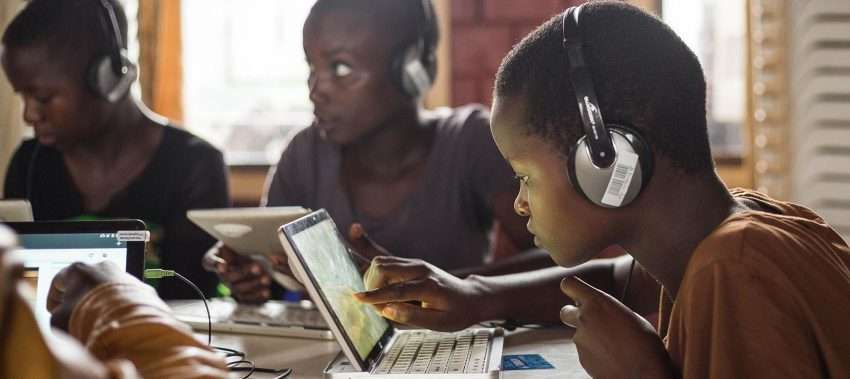On 23 July 2024 ,the Daily Maverick of South Africa reported that one Lifalethu Mbasana, a 11 year old primary school child had to walk at least 13 km of the 50 km distance from his school in Simons Town to his home in Khayelitsha. The story went on to describe the horrific experience the boy went through walking, hitch hiking in between only to make it home in the late hours of the night after being kicked off the bus by the driver for losing his ticket.
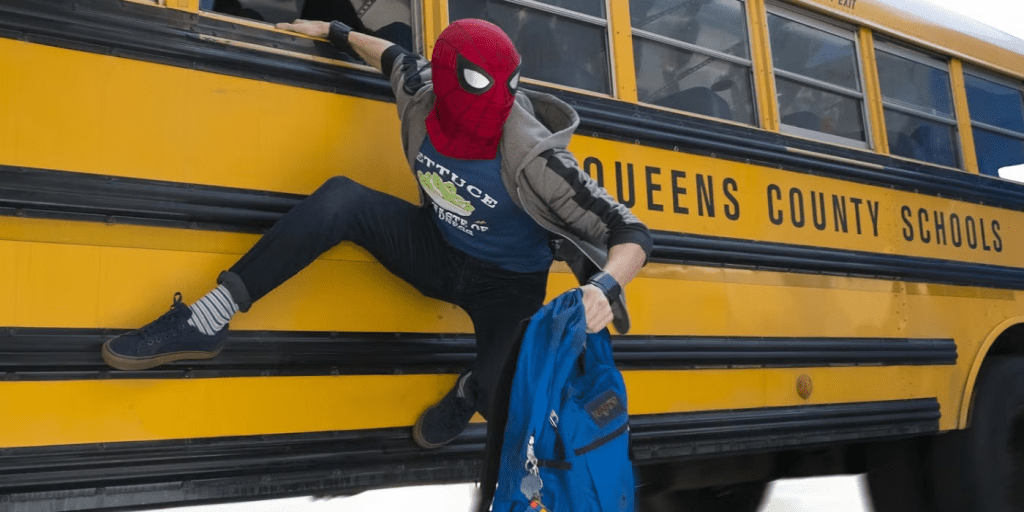
To imagine that a boy his age had his own version of the spiderman series from Being Far from Home, to having No Way Home and ultimately having a Homecoming a few hours before midnight. On the other hand his own father was all over the place having the real lived experience of the fantasy that plays out in Finding Nemo. A lot could have been done better to avoid this sad story, but what has it got to do with Africa having the most ideal use case scenarios for latest advances in Technological Innovation. Well , I will not let the reader wonder for long.
Lifalethu did not have any means to reach his parents and inform them about his sudden predicament. Similarly his parents upon receiving the news that their son had been left by the bus had no means whatsoever to trace or locate him which made the search process difficult. It may come as a surprise to the reader that he did not have a cellphone on him depending on access and privilege as vantage points. The reality is that despite the sweeping revolution of smartphones and proliferation consequently , there are still sections of society in developing countries which still regard cellphones as luxury. It boggles the mind that in an era where ground breaking advances in Artificial intelligence are being rolled out in the form of gadgets and devices of convenience there is so much lagging behind.
Companies all over are shipping products and AI based wearables which seek to make life easier in so many ways. Sometime in November 2023 a company called Humane launched its AI pin described as an intelligent voice powered companion. Similar, another start up company called Friend introduced Friend AI a wearable companion device. Not to be outdone another startup company called Rabbit Inc launched its own Chat GPT based personal assistant device.
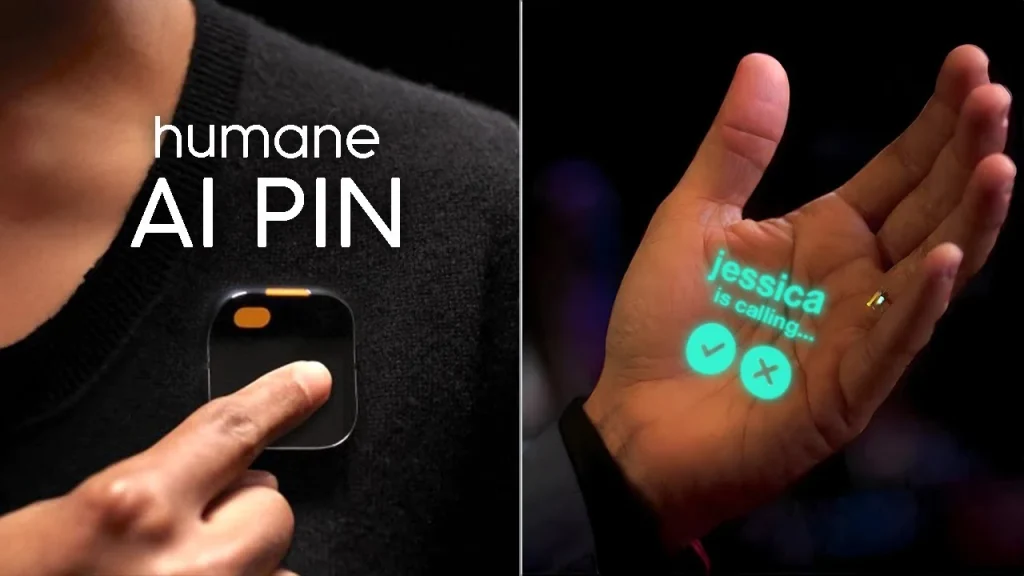
It is only fair to acknowledge that a fair share of the market has embraced these products with open arms, leading to companies having significant inroads in occupying space in a niche that has been predominantly a forte of cellphone companies.The cemented presence of Apple’s iphone, Samsung phones, Huawei and recently the google phone has not made it easy for the assistive devices to penetrate the market and take a significant chunk of it. Some of the intended users of these products have bemoaned the fact that the assistive devices appear to be very rudimentary offering no real value for their money. The argument being made in this case is that people already have cellphones which perform all the tasks and go on to do more which is not the case with the AI backed assistive devices. As if that’s not enough, cell phone companies have been quick to tap into the power of artificial intelligence to enhance their search engines capabilities.
The start-up companies are now facing an even more complex challenge to make the case of their products being market relevant in a bid to survive. From where I stood all three products Rabbit R1, Friend and the Humane pin seem like beautiful pieces of technology whose capabilities would change how we live this side of the world. The possession of such devices in developing countries and Africa in particular could have huge paradigm shifting effects. Athletes, learners, educators, professionals, those of visual and hearing impairments and creative in the entertainment would embrace the technology without any hesitation. Africa, a continent with a plethora of problems such as electricity, laptop and cellphone costs which is a barrier to access, is almost like an ocean of potential buyers and end users for all these products.
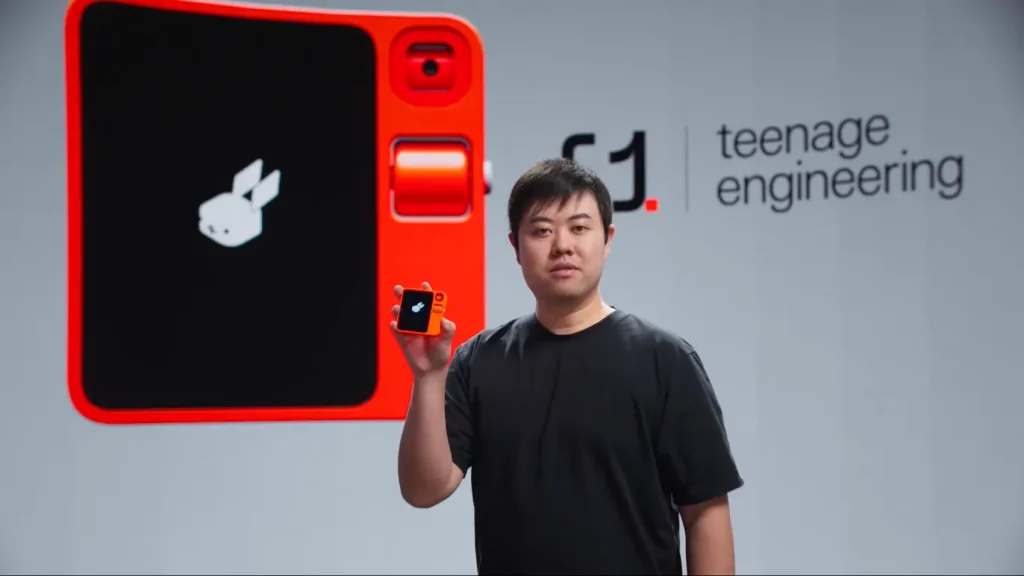
The average tech consumer in the United States finds themselves spoilt for choice with so much to choose from. What all these tech companies have in common is that they are offering assistive devices that leverage artificial intelligence to help people execute better their day to day activities. The selling point is that the work which would ordinarily require laptops, projectors, dictionaries, human translators and the like has now been compressed conveniently into tasks and functions with ease by these devices. To say such technology brings excitement and interest is understatement, however as one looks beneath the surface it appears that market sentiment towards the products is layered and sophisticated.
I recently read about how Aluwaine Tanaka Manyonga created the Chigubhu Lantern, a solar-powered LED light from recycled waste. The lanterns have gone on to be used by children in rural areas to help school children study at night as they do not have electricity. A mere light made from a used plastic bottle has unlocked new learning capabilities for thousands. One can only imagine how a device which can translate different languages like the Rabbit R1 or functions as a projector like the humane pin can go on to transform lives. These examples are just but a glimpse of the immense potential such devices have when deployed in places where problems that can be solved by their functionalities exist.
How is it possible then that very scathing reviews have flooded the internet and social media on how disastrous these products are. Could it be the case that they were launched to serve the wrong market which make them appear to be existing for merely solving non-existent problems. If that is the case, would it be then fair that obituaries have already been penned out sealing their fate.
An article by Victor Tangermann published by Futurism in August 2024 reported that more people were returning the humane AI pin than those who were buying it. The famous tech you-tuber Marques (MKBHD) Brownlee called it the worst product he had reviewed. The implications of this kind of feedback would not do the products any good. On the other hand, Ivan Mehta who wrote for Tech Crunch in July 2024 described the friend device as just a thin layer that connects to your phone via Bluetooth and constantly listens to you, in a bid to combat loneliness. This is also what the founder described as the prime use case function. An information systems theory known as The Technology Acceptance Model speaks to how the perceived usefulness of technology underpins its acceptance by the end users. Even by these textbook standards it is a situation where consumers view products as not satisfying any of their existing needs , chances of successful selling become slim as people seek value for their dollar.
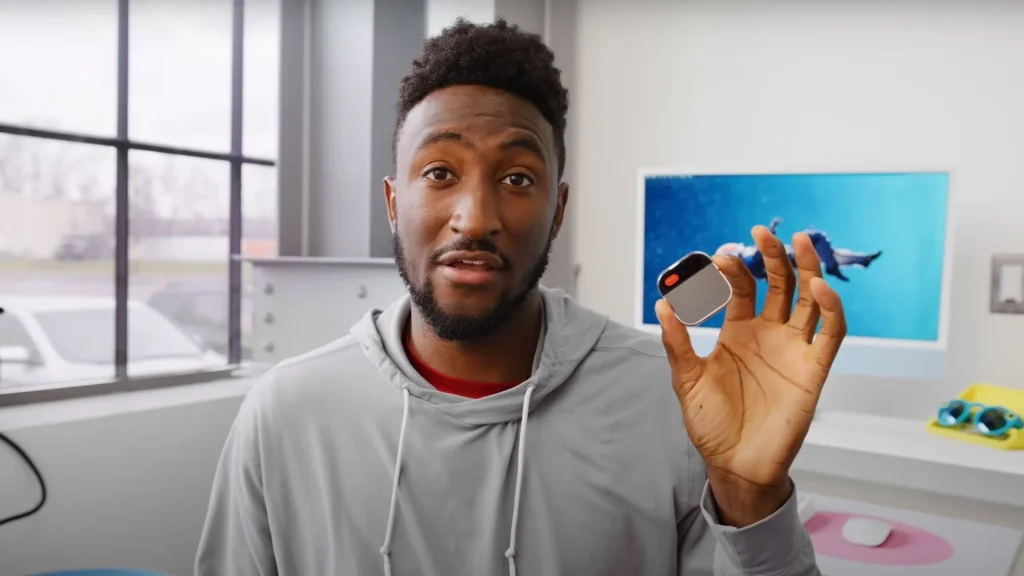
As I have pointed out earlier, a roll out of the same products and devices in the developing world has a high chance of yielding totally different results. For instance A lady named Xuu Katrina Esau is regarded as the last South African who speaks the ancient Khoisan San Language believed to be over 25 000 years old. It boggles the mind that in this era of unprecedented technological advances , there are no solid ways developed to preserve the language. The coFounder of Vambo AI a start-up company that Creates language technology tools to preserve, promote and enhance Indigenous Languages indicated that they were available to work with the government of South Africa in ensuring that the language does not go extinct. This is yet again another tip of the use case iceberg that Africa has for technology being developed and considered obsolete elsewhere.
At this point, I would like to point that I am alive to the realities of underlying fundamentals such as a strong reliable internet which determine usability of these devices. In the words of the famous Ester Boserup, perhaps necessity is the mother of all inventions. This might be time to start the conversations in boardrooms across Silicon Valley and beyond to consider Africa as a lucrative market for AI wearables and assistive devices. Africa is in no way an unfamiliar territory when it comes to products, markets and raw materials. History indicates that there was a place in time where Europe deemed itself in need of raw materials which could be found in Africa. I could go at length lamenting the means used and the catastrophic outcomes but this is not the purpose of this article. The point I seek to make is that today, circumstances are very favourables there are many bridges as opposed to barriers existing in between. Surely if the likes of Cecil John Rhodes went as far as building railway roads which were non-existent , building internet infrastructure for the purposes of tapping into the African market as consumers of AI wearables and other technology devices is indeed feasible.
The continent which boasts of having over 1,5 billion people in terms of population and such a number which is projected to double in the foreseeable future cannot be overlooked. The is a market in Africa with not only a huge appetite for technology but presents the most ideal use cases allowing developers and start-up companies to solve real problems at the same time turning huge profits. Numerous organisations, some under the umbrella of the United Nations, roll out billions of dollars fundings basic and sometimes dead end projects with no transformative abilities. Perhaps its time technology assumes prominence is how these problems are solved. A win/win situation where organisations such as Unicef, FAO, WHO and tech companies to roll out sustainable technology for the sake of empowering and transforming day to day living is conceivable. I will not go as far as saying that I want Tesla Robots to herd cattle in African villages or running borehole errands for old grannie lest I be accused of dreaming too much.
The continent has enough purchasing power and pressing needs for these technologies whereas Europe, Asia and America have the technology, if it takes two to tangle then let the music play. It’s about time both parties come to the table to formulate solid pathways through which products can reach the hands of the rightful end users.
Elton Zvinavashe is a wordsmith, copy writer and storyteller. He writes in his personal capacity as a Digital Marketing Enthusiast. He can be reached for feed back on eltonpossibilities@gmail.com or +27849496768
Read more:
- Best Before Opens New Centurion Store, Challenging Pick n Pay and Checkers with Low Prices

- Local Shops Outpaced Supermarkets as Consumers Flocked to Spazas and Taverns

- Mirinda Welcomes Red Apple and Raspberry to the Family

- Kroger to close dozens of unprofitable stores in strategic restructuring

- Vendors defy ban on second-hand goods as government pushes formalization

